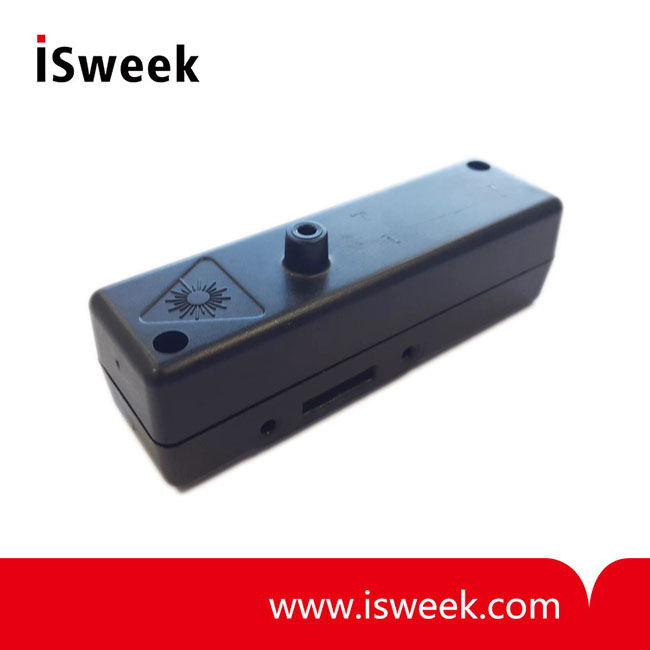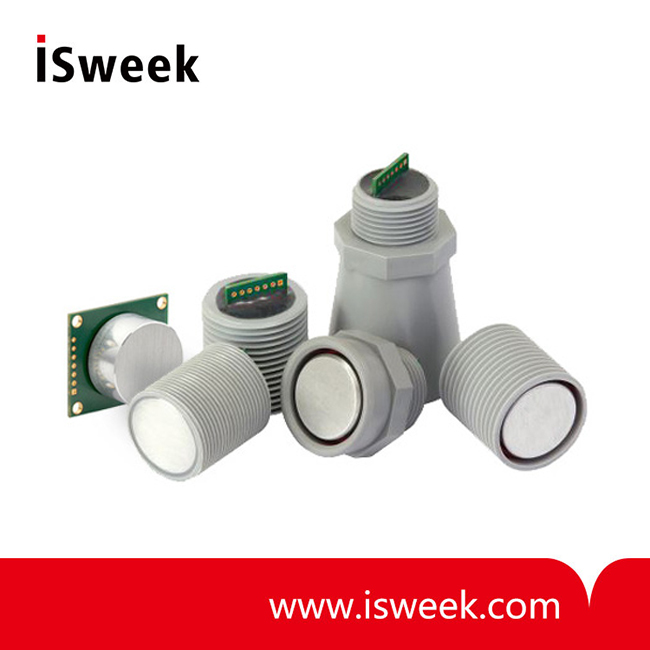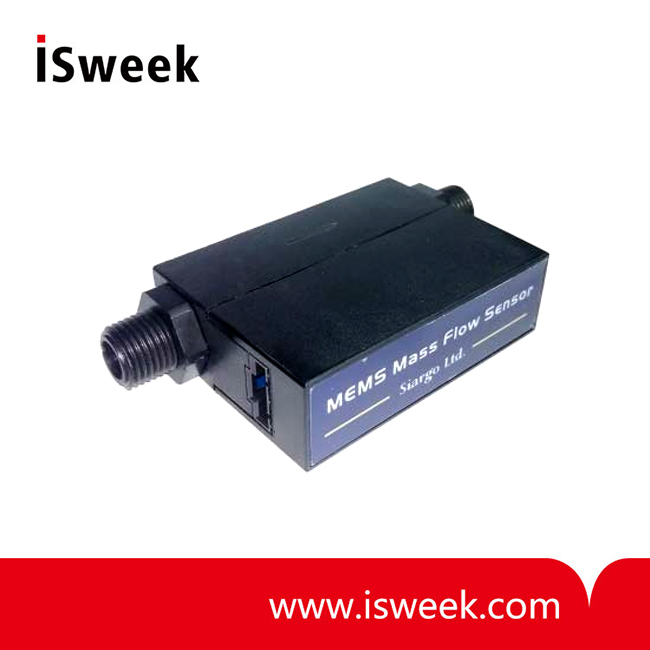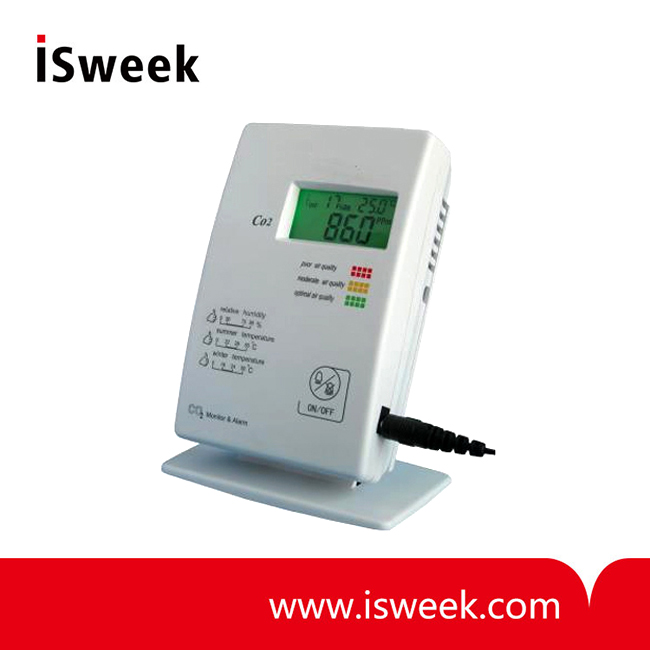Proper storage of vegetables and fruits is critical for preserving their freshness, nutritional value, and marketability. However, their perishability and seasonal characteristics make storage and transportation challenging. Many fruits and vegetables have high water content and centralized harvest periods, leading to rapid spoilage if not stored properly. To combat these challenges, innovative technologies like CO2 and O2 sensors are playing a vital role in extending the storage life of produce.

Challenges in Storing Vegetables and Fruits
Freshly harvested fruits and vegetables remain biologically active, undergoing respiration that impacts the levels of oxygen (O2) and carbon dioxide (CO2) in their storage environment. If the balance of O2 and CO2 is disrupted—such as O2 levels being too low or CO2 levels too high—the quality and shelf life of the produce can be compromised. This imbalance can accelerate spoilage, reduce disease resistance, and trigger aging processes like enzymatic browning or rotting.
Furthermore, many traditional storage methods rely on chemical preservatives like sulfur dioxide (SO2). While effective, these chemicals raise health concerns due to residual traces left on produce. As consumers demand safer and more natural alternatives, modified atmosphere packaging (MAP) has emerged as a preferred solution. MAP uses controlled CO2 levels as a natural antimicrobial agent, significantly improving the storage life of produce without chemical residues.
The Role of CO2 and O2 Sensors in Controlled Atmosphere Storage
To maintain an optimal atmosphere in storage environments, monitoring and regulating CO2 and O2 concentrations is essential. Advanced sensors like the MinIR/ExplorIR-M CO2 sensor and SO-E2-250 zirconia oxygen sensor provide accurate and reliable solutions for this purpose.
1. MinIR/ExplorIR-M CO2 Sensor
The MinIR/ExplorIR-M CO2 sensor utilizes non-dispersive infrared (NDIR) technology to measure CO2 concentrations. Its low power consumption (just 3.5mW) and compact size make it ideal for continuous monitoring in storage units, even in battery-operated systems. The sensor’s patented IR LED technology ensures high accuracy, while its wide measurement range (0–100%) allows it to monitor varying CO2 levels for different types of produce.
High CO2 levels inhibit the growth of spoilage-causing bacteria and fungi, delaying the transition from aerobic respiration to anaerobic respiration in fruits and vegetables. By preventing this transition, the MinIR/ExplorIR-M helps maintain freshness and delays spoilage.

2. SO-E2-250 Zirconia Oxygen Sensor
The SO-E2-250 oxygen sensor is a limiting current type zirconia sensor that measures O2 concentrations with exceptional accuracy. It operates effectively across a range of applications, including food packaging and controlled food testing. This sensor ensures that O2 levels in storage environments remain within the optimal range, reducing aerobic respiration and further extending the shelf life of produce.

Key features of the SO-E2-250 sensor include:
- Measuring range: 0.1% to 25% O2 concentration
- High accuracy with minimal interference from other gases
- Small temperature dependence and long service life
- Compact design suitable for integration into storage units
Applications of CO2 and O2 Sensors in Produce Storage
These advanced sensors are widely used across various industries for the preservation of fruits and vegetables:
1. Residential Applications
In homes, compact CO2 and O2 sensors are incorporated into storage units or refrigerators to maintain the freshness of produce. These sensors help minimize waste by extending the shelf life of fruits and vegetables, reducing spoilage in household settings.
2. Commercial Storage and Transportation
In commercial settings, such as warehouses and cold storage facilities, these sensors ensure an optimal environment for bulk storage of produce. By regulating O2 and CO2 concentrations, they maintain quality during long-distance transportation, ensuring fruits and vegetables reach consumers in peak condition.
3. Agricultural Applications
For agricultural producers, CO2 and O2 sensors are used in post-harvest facilities to monitor the atmosphere in storage units. This prevents mass spoilage during peak harvest seasons, ensuring a steady supply chain to markets and consumers.
4. Food Packaging and Processing
In food processing plants, controlled atmosphere packaging (using MAP technology) relies on these sensors to ensure the correct gas composition in sealed packages. This enhances the shelf life of cut or prepared fruits and vegetables.
Conclusion
The integration of advanced CO2 and O2 sensors, such as the MinIR/ExplorIR-M and SO-E2-250, has revolutionized the storage and transportation of fruits and vegetables. By accurately monitoring and regulating gas concentrations, these sensors enable producers, retailers, and consumers to reduce spoilage, enhance safety, and extend the shelf life of fresh produce. As the demand for natural, chemical-free preservation methods grows worldwide, these sensors play a vital role in ensuring the quality and sustainability of fruits and vegetables across the supply chain.






